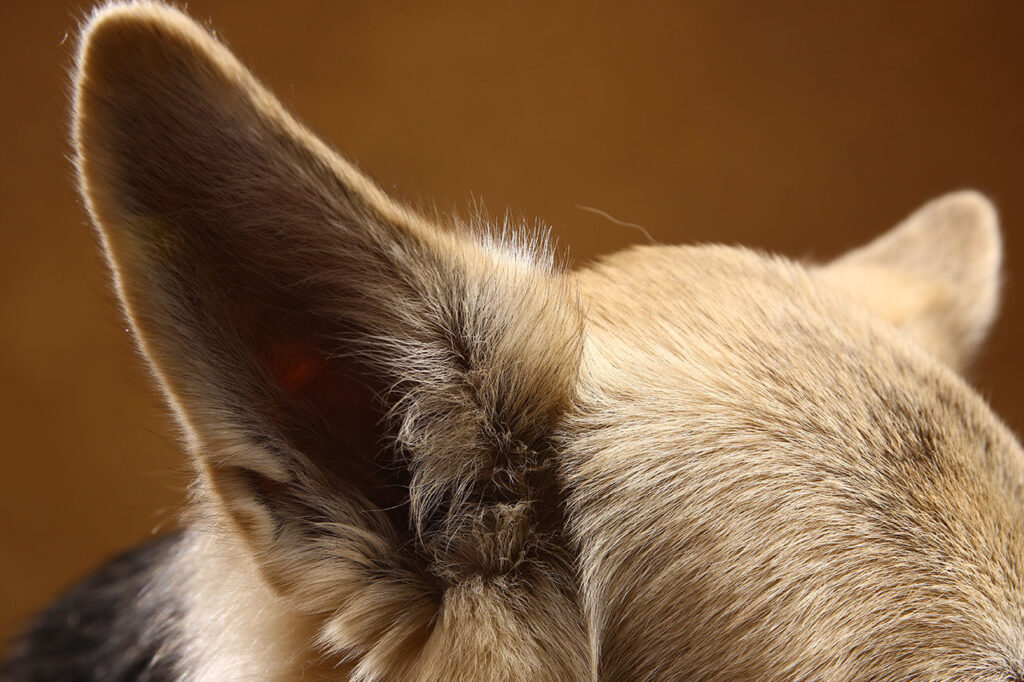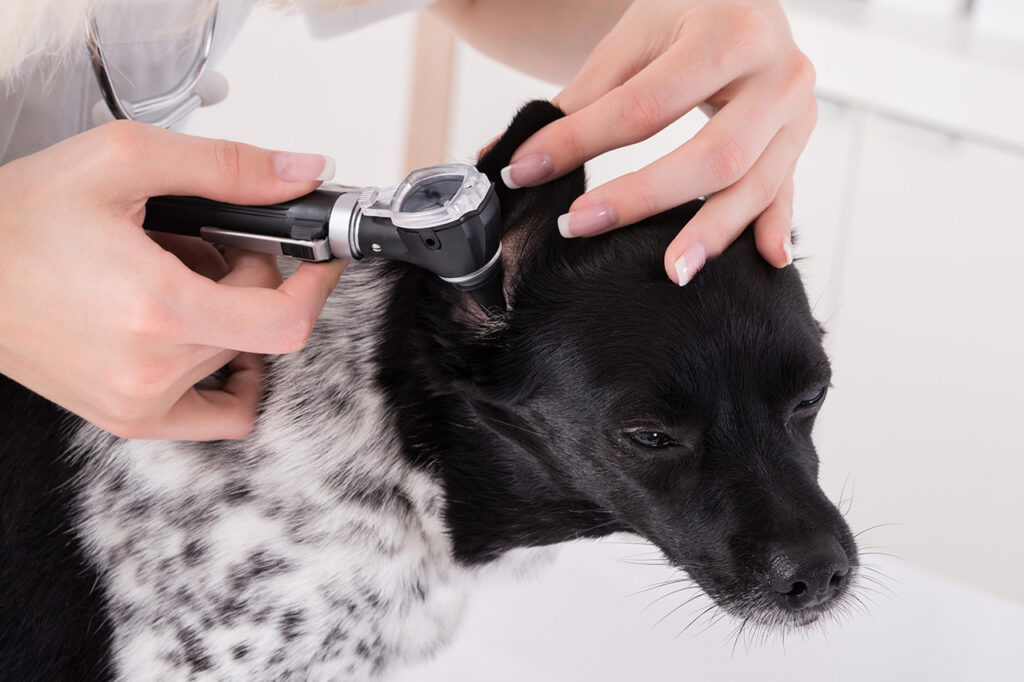Keeping your dog’s ears clean is an essential part of their overall health and hygiene. Regular ear cleaning can prevent infections, reduce discomfort, and improve your dog’s quality of life. In this guide, we’ll walk you through the safest and most effective ways to clean your dog’s ears at home.
Why Is It Important to Clean Your Dog’s Ears?
Dogs are prone to ear issues due to their ear structure. Regular cleaning helps:
- Prevent Infections: Removes wax buildup and debris that can lead to bacterial or yeast infections.
- Detect Problems Early: Regular checks allow you to identify inflammation, discharge, or odors.
- Maintain Comfort: Clean ears reduce itchiness and discomfort.
How Often Should You Clean Your Dog’s Ears?
The frequency of ear cleaning depends on your dog’s breed, lifestyle, and health:
- Floppy-Eared Breeds (e.g., Cocker Spaniels): Clean weekly due to poor air circulation.
- Upright-Eared Breeds (e.g., German Shepherds): Clean every 2-4 weeks.
- Dogs with Allergies: May need more frequent cleaning to prevent inflammation.
Tip: Avoid over-cleaning, as it can irritate the ear canal.

Signs Your Dog’s Ears Need Cleaning
Look for these common signs that your dog’s ears may need attention:
- Unpleasant odor
- Frequent head shaking
- Scratching or pawing at ears
- Visible wax buildup or redness
- Sensitivity when touched
If you notice persistent symptoms, consult your veterinarian.
What You’ll Need to Clean Your Dog’s Ears
Gather these supplies before you begin:
- Dog-Safe Ear Cleaner: Use a vet-approved solution; avoid hydrogen peroxide or alcohol.
- Cotton Balls or Gauze: For gentle cleaning (no cotton swabs inside the canal).
- Towels: To protect surfaces and catch spills.
- Treats: Reward your dog for cooperation.

Step-by-Step Guide to Cleaning Your Dog’s Ears
1. Prepare Your Dog
- Find a quiet, well-lit space.
- Ensure your dog is calm; offer treats to encourage relaxation.
2. Inspect the Ears
- Look for redness, swelling, or unusual discharge.
- If you notice anything abnormal, consult your vet before proceeding.
3. Apply the Ear Cleaner
- Gently lift your dog’s ear flap.
- Squeeze a few drops of cleaner into the ear canal (follow the product’s instructions).
- Massage the base of the ear for 30 seconds to loosen debris.
4. Let Your Dog Shake It Out
- Allow your dog to shake their head; this helps dislodge loosened wax.
5. Wipe the Ear
- Use a cotton ball or gauze to wipe away visible dirt and excess cleaner.
- Avoid inserting anything deep into the ear canal.
6. Reward and Repeat
- Praise your dog and offer a treat.
- Repeat the process on the other ear.
Common Mistakes to Avoid When Cleaning Your Dog’s Ears
- Using the Wrong Products: Stick to vet-recommended ear cleaners.
- Inserting Objects Too Deep: Never push cotton swabs inside the ear canal.
- Ignoring Persistent Symptoms: If issues persist after cleaning, consult your veterinarian.
When to See a Veterinarian
Contact your vet if you observe:
- Persistent redness or swelling
- Foul-smelling discharge
- Excessive head shaking or pain
- Recurring ear infections

Tips for Maintaining Healthy Ears
- Inspect your dog’s ears weekly.
- Keep ears dry after swimming or bathing.
- Use preventative cleaning for breeds prone to infections.
- Follow a consistent cleaning schedule based on your dog’s needs.
Final Thoughts
Regular ear care is vital for your dog’s health and happiness. By cleaning your dog’s ears properly and monitoring for signs of problems, you can prevent serious health issues and ensure your pet remains comfortable. Always use safe products and consult your veterinarian if you have any concerns.
Enjoyed this post? Visit timmypets.com for more pet care tips, stories, and expert advice. Follow us on social media to stay connected and never miss an update!


